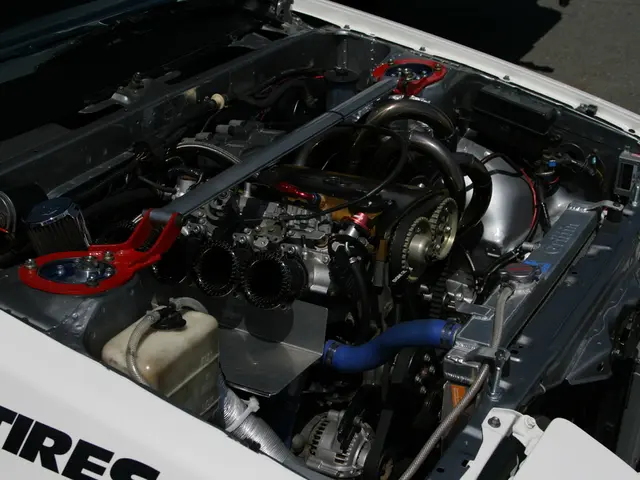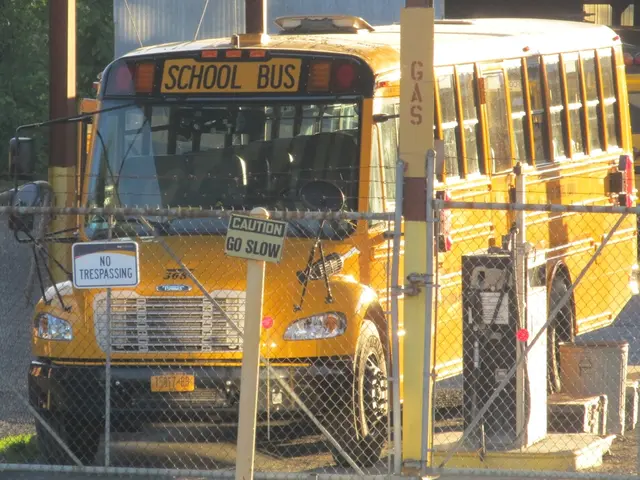Potential Fire Hazards Lurking in AI Data Facilities and Their Impact on U.S. Electrical Infrastructure
In a recent analysis, data from 1 million home sensors tracked by Whisker Labs and market analytics from DC Byte have revealed a looming issue: the expansion of AI-powered data centers in the US is causing significant strain on the energy grid. This strain could potentially increase electricity consumption from these centers from about 4.4% of total US electricity in 2023 to between 6.7% and 12% by 2028.
The potential impacts of this surge are far-reaching. Increased electricity demand could outpace the current growth in power generation, stressing grid infrastructure and leading to potential reliability issues. Rising energy costs for households and small businesses are another concern, as utilities invest in grid expansion, and costs are passed on to consumers. Some states have already seen monthly electricity bill increases ($15-$25) attributed to AI data center load growth.
Environmental concerns are also a significant factor. Higher electricity consumption, especially if the energy is generated from fossil fuels, could potentially slow climate progress despite AI's benefits. Geographic and resource impacts, including competition for land and water resources relevant to data center operations, are additional considerations.
However, solutions and mitigation strategies are being pursued or proposed. Improving energy efficiency of AI hardware, chip designs, software architectures, and system-level optimizations is one avenue. Grid modernization and expansion, including stronger monitoring and integration of diverse and renewable energy sources, is another. Distributed and smaller data centers that use less power and water, potentially integrated closer to renewable energy sources to reduce strain on centralized grids, are also being considered.
Policy and regulatory measures aiming to balance AI industry growth with grid reliability and fair cost distribution are also being discussed. Research on sustainable transitions to align AI growth with climate goals is underway, engaging experts in grid solutions and sustainable energy.
A spokesperson for Commonwealth Edison, Illinois' largest utility company, has expressed skepticism regarding the accuracy of Whisker Labs' claims. The report's findings suggest a link between the proximity of data centers and disruptions in electricity flow. Over half of households experiencing significant power distortions are located within 32 km of major data centers.
The new report by Bloomberg also indicates a potential strain on the US energy grid due to the rapid expansion of AI-powered data centers. Aman Joshi, Chief Commercial Officer of Bloom Energy, has commented that no power grid is designed to handle load fluctuations from one or more data centers at a single time. In July, Bernstein forecasted when the US might face electricity shortages due to AI. The unpredictable energy demands of AI-driven data centers could exacerbate these problems.
In summary, the energy grid strain from AI data centers is a rapidly intensifying challenge that will require innovations in energy-efficient AI technologies, strategic grid upgrades, policy interventions, and sustainable planning to manage rising electricity demand, cost impacts, and environmental concerns effectively.
Read also:
- Zebra Ventures Provides Funding for RFID Technology in Software Development, as Reported by Xemelgo
- Decrease in USDT Market Capitalization Observed Post MiCA Implementation
- AI Collaboration by SEE and Micropolis: Powering Intelligent, Eco-Friendly City 2.0 Project
- Projected AI-Driven Utilization and Light Barrier Application








